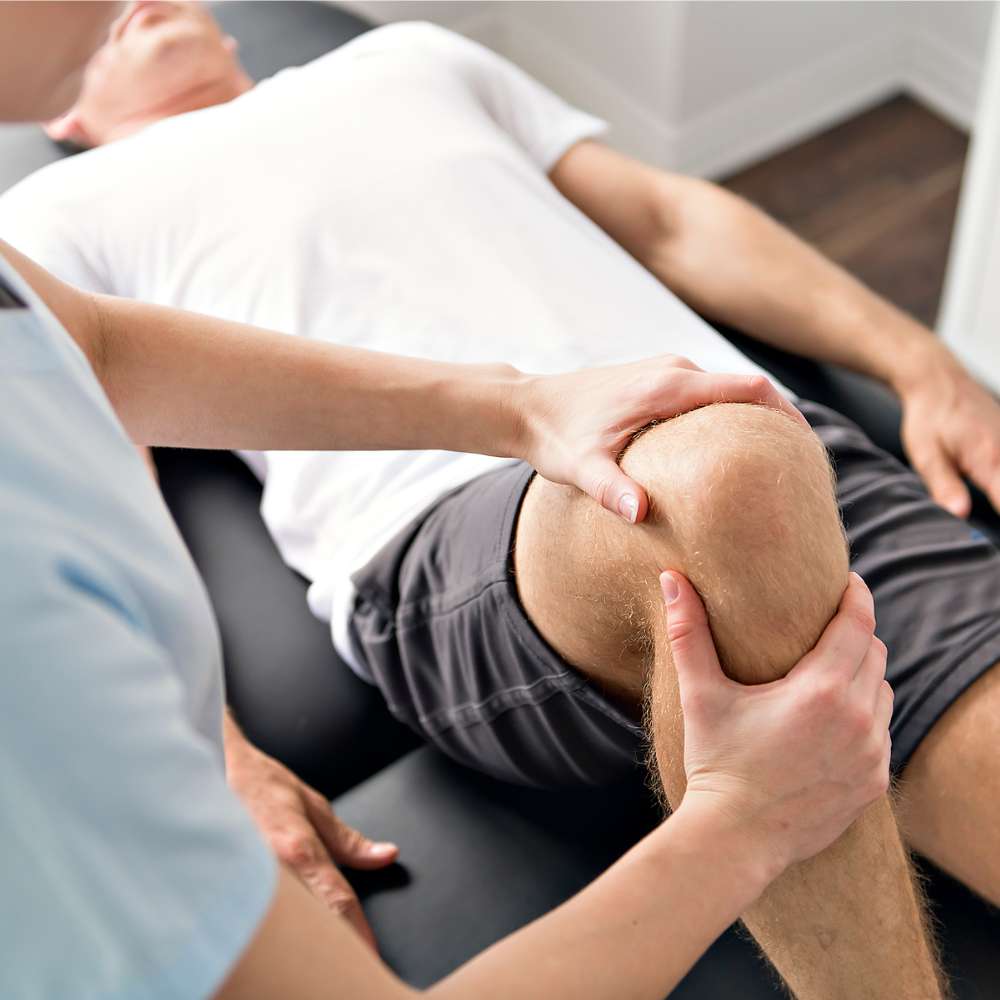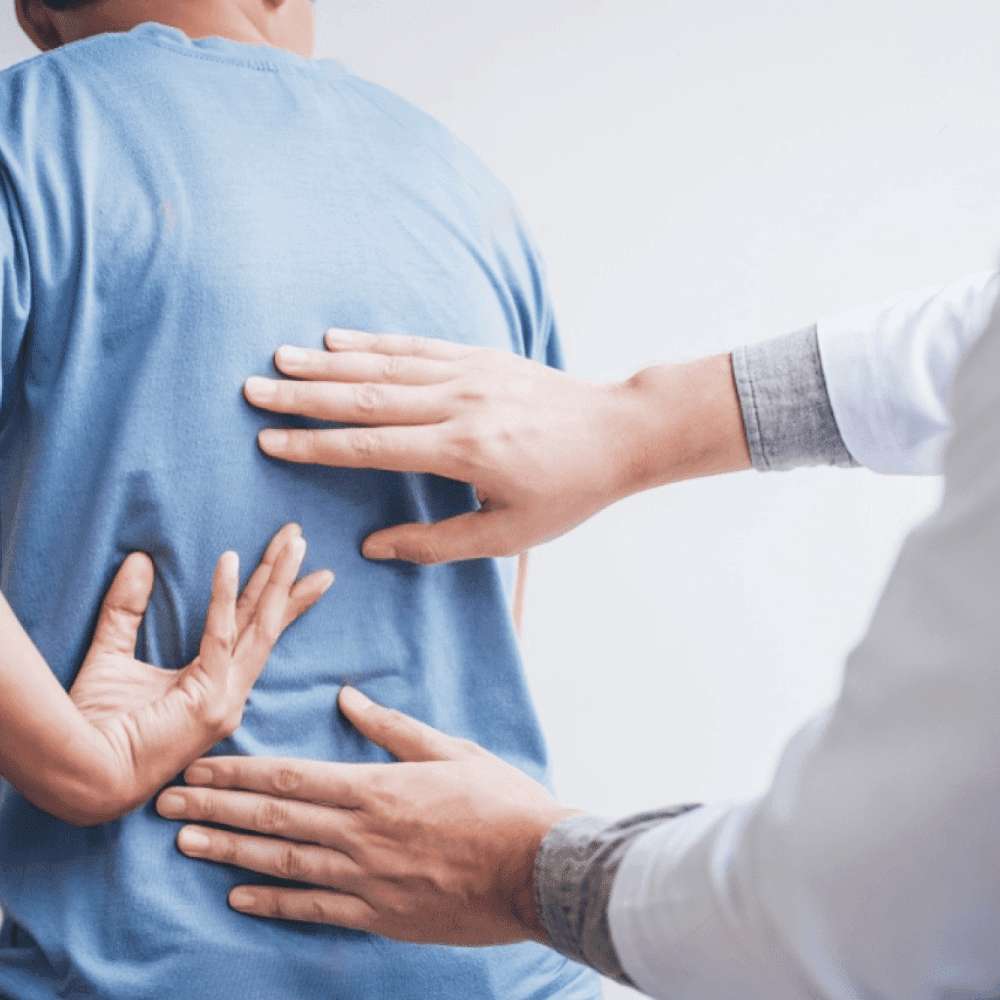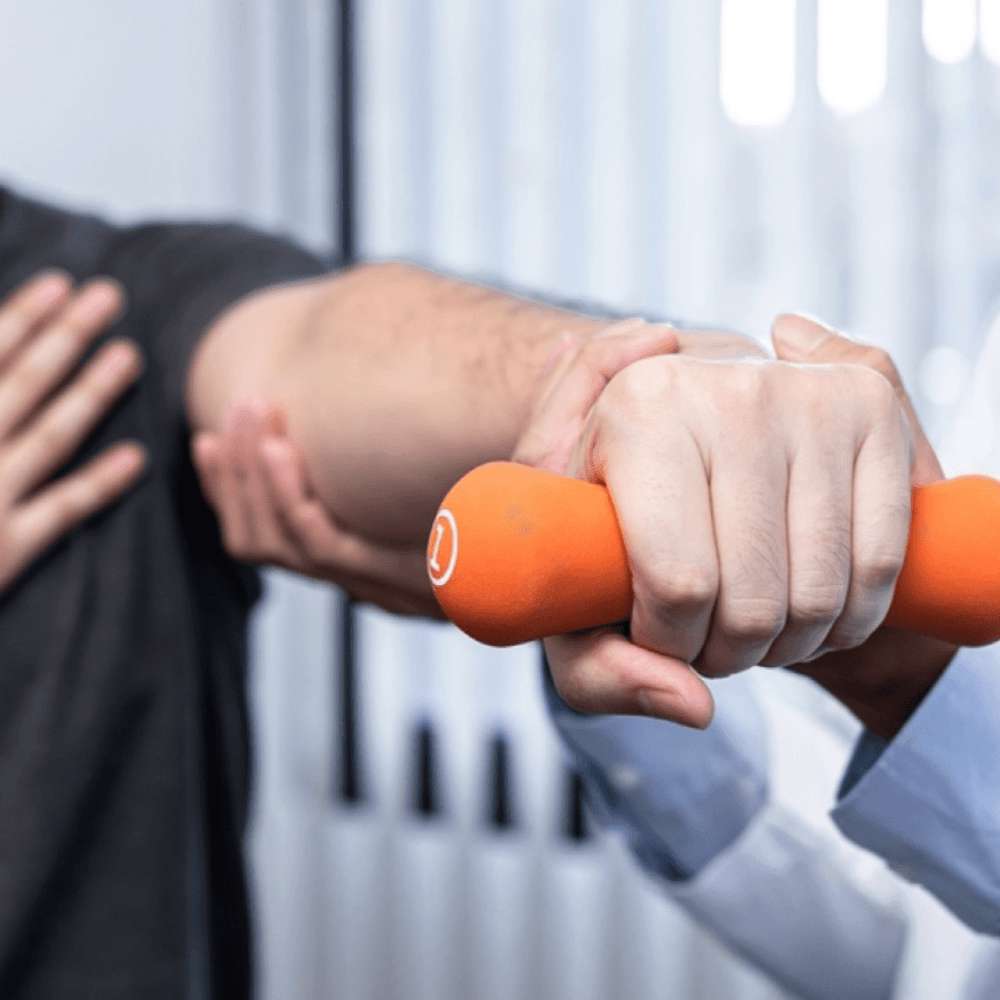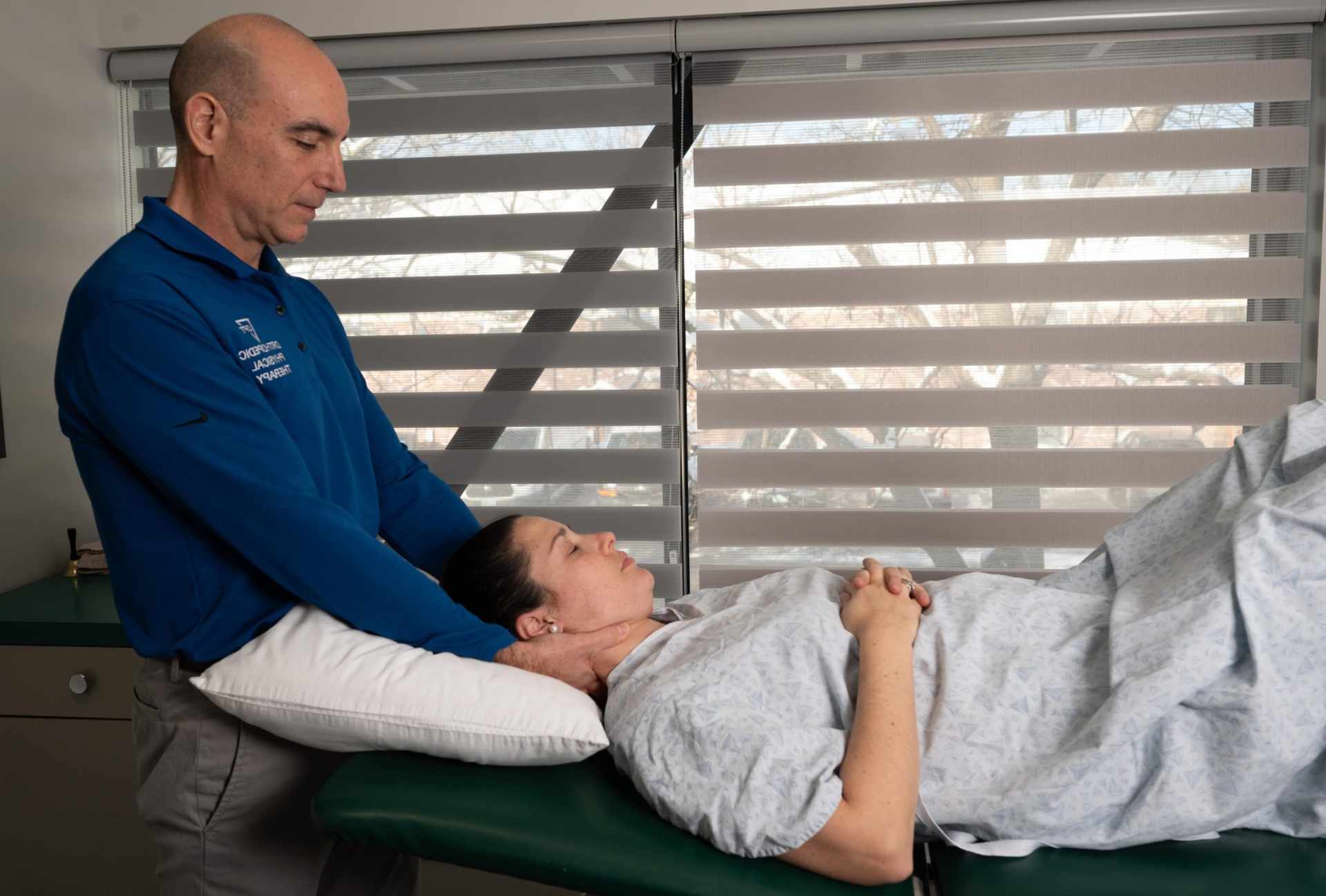Physical Therapy & Pain Management in NH
At Orthopedic Physical Therapy Associates, we specialize in helping people reduce pain, restore movement, and get back to living life on their terms. Our team of highly trained physical therapists in NH provides personalized, one-on-one care to patients of all ages and activity levels. Whether you’re recovering from surgery, managing a chronic condition, or dealing with an unexpected injury, our goal is to help you feel better—faster.
We’re proud to offer some of the most trusted, effective solutions for pain management in NH, combining evidence-based physical therapy techniques with advanced modalities to improve function, strength, and mobility.

Our clinic treats a wide range of musculoskeletal conditions and injuries. Every treatment plan is customized to your needs, ensuring a safe and effective recovery. Common conditions we treat include:
- Back and Neck Pain – Disc issues, muscle strain, herniation, and posture-related problems
- Post-surgical Rehabilitation – Recovery following total joint replacements, rotator cuff repair, ACL reconstruction, spinal surgery, and more
- Joint Pain & Arthritis – Relief for hip, knee, shoulder, and spinal arthritis
- Athletic & Sports Injuries – Sprains, strains, tendonitis, overuse injuries, and return-to-play programs
- TMJ Disorders (Temporomandibular Joint Dysfunction) – Specialized care for jaw pain, clicking, and alignment issues
- Work-related Injuries – Functional rehabilitation to restore strength, mobility, and job-readiness
- Whiplash, Headaches, and Migraines – Holistic care for pain and discomfort related to the cervical spine

Our physical therapists in NH are trained in a wide variety of hands-on and technology-assisted therapeutic techniques designed to accelerate healing and improve results:
- Graston Technique – Instrument-assisted soft tissue mobilization to break down scar tissue and fascial restrictions
- Kinesio Taping – Support and stability without restricting movement
- Manual Therapy – Joint and soft tissue mobilization to restore normal movement
- Spinal Rehabilitation – Targeted techniques for disc injuries, scoliosis, and spinal misalignments
- Ultrasound Therapy – Deep heating to tissues to reduce pain and speed healing
- Electrical Stimulation – TENS and EMS for muscle re-education and pain relief
- Iontophoresis – Medication delivery through the skin for inflammation control

Exercise is essential to regaining strength, flexibility, and coordination. Our programs are designed to safely progress you toward your goals:
- Gait & Balance Training – Improve stability, prevent falls, and enhance mobility
- Strength and Conditioning – Build muscle, improve endurance, and prevent future injury
- Flexibility and Stretching Programs – Restore range of motion and reduce stiffness
- Functional & Sports-Specific Training – Prepare for daily life or a return to competition
- Back & Neck Education – Postural correction and ergonomics for long-term relief

Additional Services
We go beyond traditional therapy to ensure every patient receives thorough, thoughtful care:
- Comprehensive Initial Evaluation – In-depth assessment to create a personalized treatment plan
- Ergonomic Assessments – Improve comfort and productivity at home or at work
Don’t let chronic pain, limited mobility, or a recent injury keep you from living the life you love. At Orthopedic Physical Therapy Associates, we’re committed to helping you move better, feel stronger, and regain your independence. Whether you’re searching for reliable pain management in NH or want to work with experienced, compassionate physical therapists in NH, our team is here to support your recovery every step of the way.
We offer personalized treatment plans, hands-on care, and advanced techniques designed to get you back on your feet—and back to doing what you love—as quickly and safely as possible.
Take the first step toward a healthier, pain-free future. Contact us today to schedule your comprehensive evaluation and discover why we’re a leading provider of physical therapy in NH.
The OPT Difference

At Orthopedic Physical Therapy we pride ourselves on offering unmatched service and personalized care for all of our patients. We understand that physical therapy and rehabilitation can be a hard time to go through for some people which is why we make sure each individual is as comfortable as possible throughout their entire treatment. We strive for an initial consultation within 24-48 hours with every patient and accept all major insurances.
